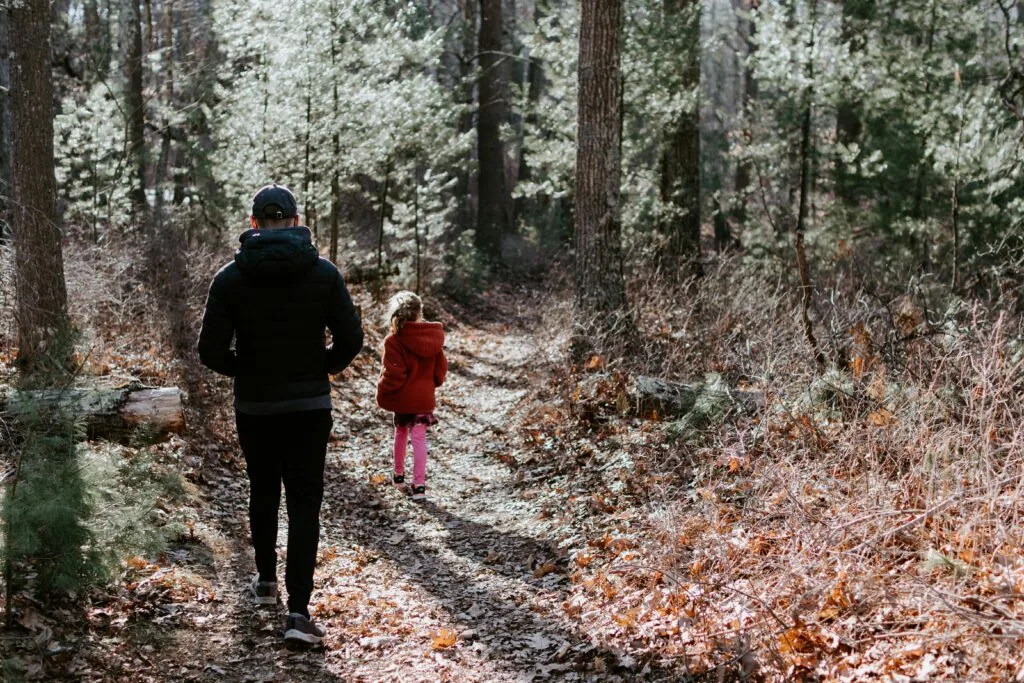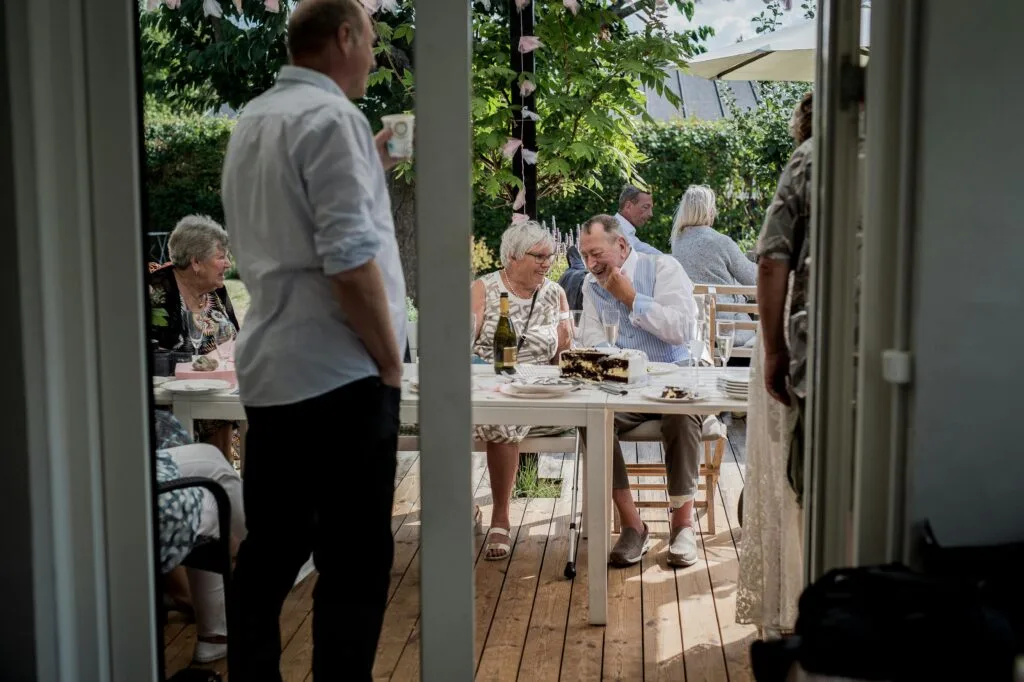1. Rob and Laura Petrie from The Dick Van Dyke Show
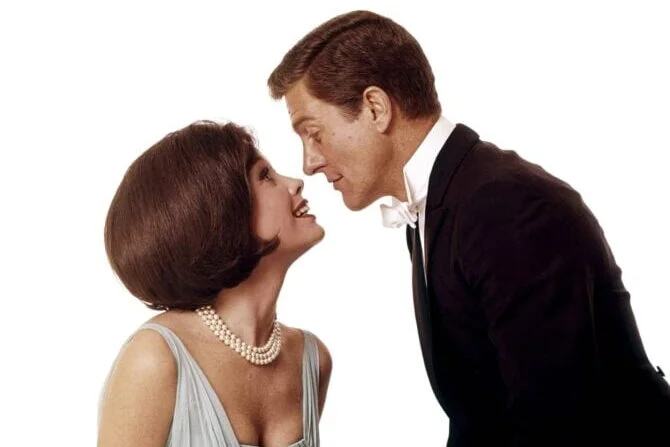
Rob and Laura Petrie were the kind of couple who managed to make marriage look fun without glossing over its everyday challenges. Played by Dick Van Dyke and Mary Tyler Moore, they were the epitome of suburban charm, blending humor and love in equal measure. Their playful banter and witty arguments were always grounded in affection, and audiences could tell they genuinely adored each other. Even when Rob’s work as a comedy writer got in the way, Laura’s patience and wit kept everything in balance.
What made them stand out was their natural chemistry, which often felt less like acting and more like watching a real couple. Moore’s modern, slightly independent character pushed against the typical housewife stereotype, while Van Dyke’s goofy but loving husband leaned into partnership. Together, they created a picture of romance that was relatable, warm, and aspirational. Viewers could easily imagine themselves sitting on that living room couch, laughing and navigating life alongside them.
2. Samantha and Darrin Stephens from Bewitched
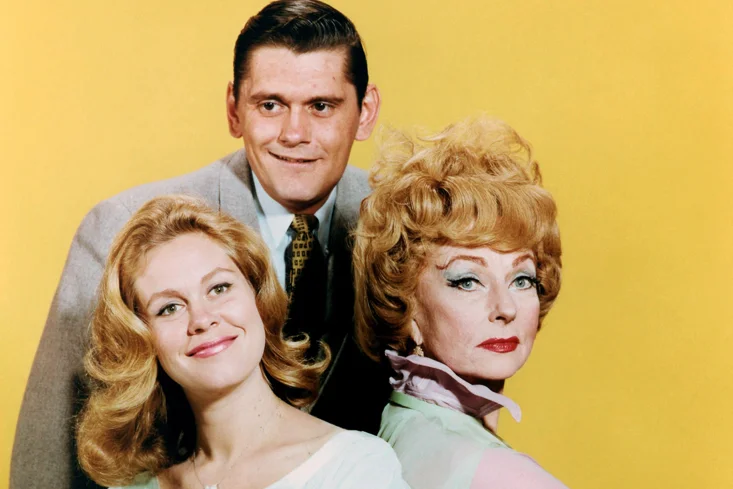
Samantha and Darrin brought a magical twist to romance, quite literally. Elizabeth Montgomery’s Samantha was a kind-hearted witch who gave up her magical lifestyle to marry her mortal husband, played by Dick York (and later Dick Sargent). The couple faced constant meddling from Samantha’s supernatural relatives, particularly her mother Endora, yet their love always anchored the chaos. Watching Darrin try to keep his cool amid all the magic was half the fun.
At the heart of the show, though, was a genuine romance built on compromise and devotion. Samantha often had to choose between using her powers and honoring Darrin’s wishes for a “normal” life, and Darrin, for all his bluster, clearly adored her. Their dynamic reflected real-world tensions between tradition and change in the 1960s, but softened with humor and affection. In many ways, they defined what it meant to stand by your partner through unusual circumstances.
3. Andy Taylor and Helen Crump from The Andy Griffith Show
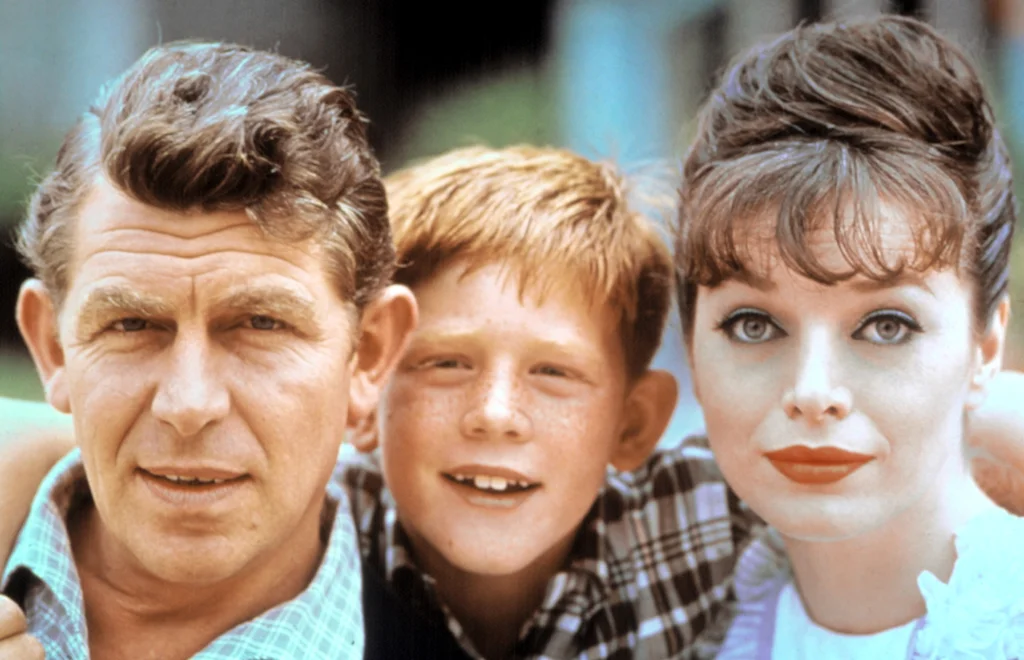
Sheriff Andy Taylor may have been a single dad, but romance eventually came knocking in Mayberry. Andy Griffith’s character fell for Helen Crump, a local schoolteacher played by Aneta Corsaut. Their relationship developed slowly, often shown in small moments of quiet companionship rather than dramatic gestures. It felt natural, the kind of steady courtship that could easily happen in a small town.
Their romance was refreshingly wholesome, grounded in respect and friendship. Andy was patient and protective, while Helen was smart and independent, bringing a sense of balance to his life as both sheriff and father. Viewers loved seeing Andy find happiness, and Helen fit seamlessly into the world of Mayberry. They weren’t flashy, but they showed that love could be steady, enduring, and exactly what someone needed at the right time.
4. Marcia Russell and Jim Nabors from Gomer Pyle, U.S.M.C.
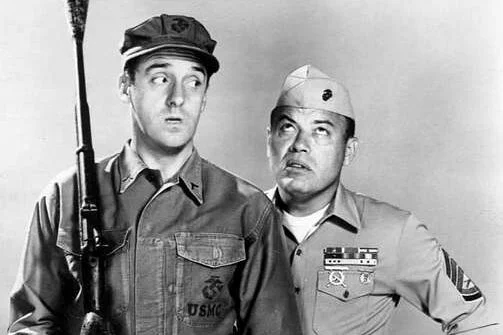
Romance wasn’t the main focus of Gomer Pyle, U.S.M.C., but audiences still got a glimpse of Gomer’s sweet relationship with Marcia Russell. Played by Ronnie Schell’s on-screen sister (portrayed by Karen Machon), Marcia was Gomer’s wholesome and patient girlfriend. The pairing gave the lovable and goofy Marine a softer side, reminding viewers that even someone as bumbling as Gomer could find love.
Their relationship was simple, innocent, and charming, a reflection of the kind of slow-and-steady romance that resonated in the 1960s. While many sitcom couples were built around sparring and witty banter, Gomer and Marcia were just sweet. They didn’t need drama to make their love story work, and that’s what made them memorable. It was a gentle reminder that not every romance needed fireworks—sometimes kindness and patience were enough.
5. Ann Marie and Donald Hollinger from That Girl
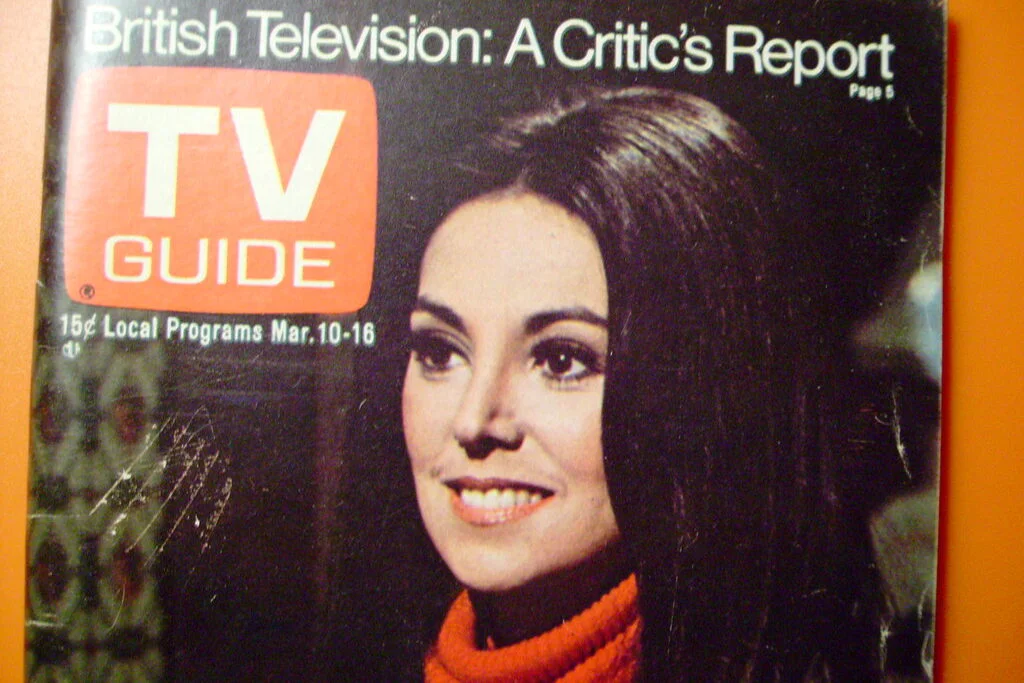
Marlo Thomas broke new ground with That Girl, playing Ann Marie, an aspiring actress living on her own in New York City. Her boyfriend, Donald Hollinger, played by Ted Bessell, was a supportive presence as she chased her dreams. Their romance was notable because it flipped the usual formula—Ann was career-focused and independent, while Donald cheered her on. It was refreshing to see a woman take center stage in both her work and her relationship.
Their interactions were playful and modern, capturing the shifting dynamics of love in the late ’60s. Ann wasn’t just waiting around to get married, and Donald respected her ambition without feeling threatened. Together, they represented a new kind of couple that audiences hadn’t seen much of before, one built on equality and encouragement. Their relationship felt like a glimpse of where romance was heading, making them stand out in television history.
6. Steve Douglas and Barbara Harper from My Three Sons
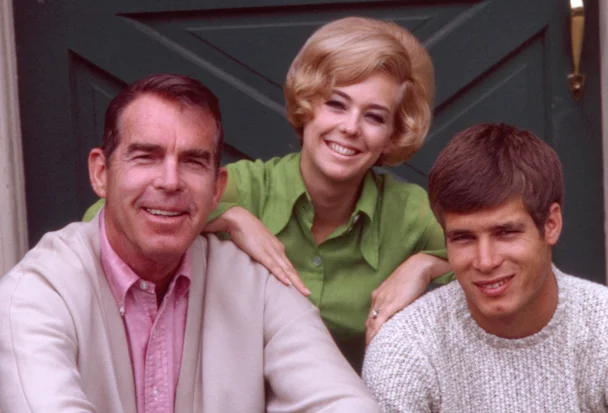
Fred MacMurray’s widowed character, Steve Douglas, raised his sons as a single dad for many seasons before finding love again. His marriage to Barbara Harper, played by Beverly Garland, marked a new chapter for the long-running sitcom. Barbara brought warmth and stability into the household, stepping into a ready-made family with grace. Their relationship was less about grand romance and more about blending families and creating a home together.
What made them special was the sense of partnership they embodied. Steve and Barbara worked together to create a loving environment for their children, showing that second chances at love could be just as fulfilling as the first. Audiences related to the challenges and joys of merging families, and the Douglas household felt more complete with Barbara around. Their love story was gentle but deeply meaningful, a reminder that romance doesn’t end with hardship—it can begin again.
7. Joe and Candy from Bonanza

While Bonanza focused heavily on family drama and ranch life, there were still moments of romance. One of the most memorable pairings was Little Joe Cartwright and his love interest, Candy, in certain storylines. Michael Landon’s Joe was the charming Cartwright son, often shown as a bit of a romantic. His romances tended to be bittersweet, often cut short by tragedy or circumstance.
These fleeting love stories, while sometimes heartbreaking, showcased a more tender side of Joe. Candy, like many of his romantic partners, was written with warmth and kindness, giving viewers hope that Joe might finally settle down. While the show rarely let romance bloom for long, these couples gave audiences glimpses of vulnerability and love amid the rugged backdrop of the Ponderosa. Joe’s romantic arcs reminded viewers that even cowboys needed love, making those moments unforgettable.
8. Donna and Alex Stone from The Donna Reed Show
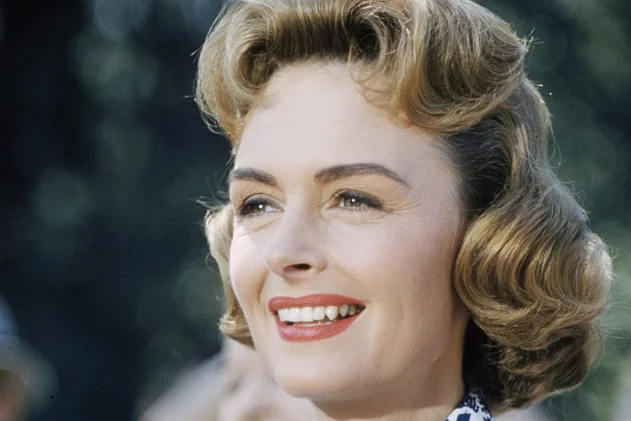
Donna and Alex Stone were a quintessential suburban couple, played by Donna Reed and Carl Betz. They embodied the stability and harmony that many families aspired to during the era. Their marriage was built on respect, affection, and teamwork, with Donna often portrayed as the heart of the household. Alex, as a doctor, leaned on her warmth and wisdom to balance out his demanding career.
Their relationship wasn’t flashy, but it was genuine, which made them so endearing. They modeled a marriage where both partners valued each other’s strengths and worked as equals to raise their children. In many ways, they set the stage for the “perfect couple” trope that later sitcoms would try to replicate. Their love story wasn’t about grand gestures—it was about everyday kindness, which viewers found comforting and relatable.
9. Julie Barnes and Pete Cochran from The Mod Squad
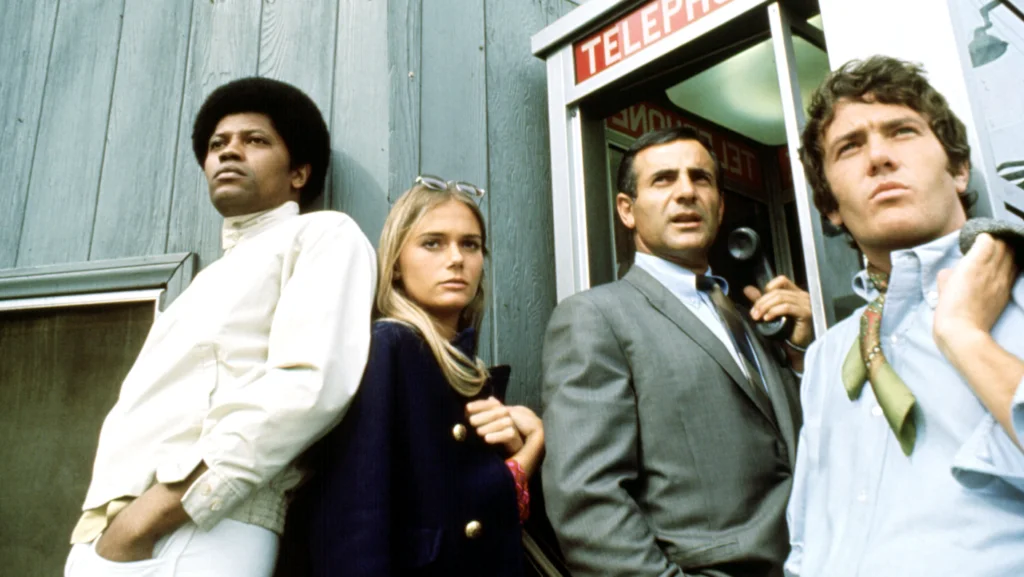
The Mod Squad was a show about undercover cops, but it still had room for sparks of romance. Julie Barnes, played by Peggy Lipton, and Pete Cochran, played by Michael Cole, shared a subtle but noticeable connection. Their relationship was never fully realized, but their chemistry kept fans guessing. The hints of affection between them gave the show a softer edge, balancing the crime-fighting action.
Their bond reflected a sense of loyalty and trust that came from working closely together. While romance was never the show’s focus, their unspoken feelings made for compelling television. They represented a different kind of love—one that simmered quietly beneath the surface, defined by deep friendship and respect. Even without overt declarations, their relationship left a mark on audiences who loved to root for them.
10. Wilma and Fred Flintstone from The Flintstones

Cartoon or not, Fred and Wilma were one of the most recognizable couples of the 1960s. They brought humor and heart to primetime television, showing that even in the Stone Age, love had its ups and downs. Fred’s blustery personality often clashed with Wilma’s patience and practicality, but at the end of the day, they were devoted to each other. Their dynamic was both funny and relatable for families tuning in.
What made them unforgettable was the way they balanced comedy with warmth. Wilma often grounded Fred when his schemes got out of hand, while Fred’s antics brought excitement to their lives. They may have lived in a prehistoric world, but their problems and solutions mirrored those of modern couples. Their relationship reminded viewers that laughter could be just as important to romance as love itself.
11. Lisa and Oliver Douglas from Green Acres
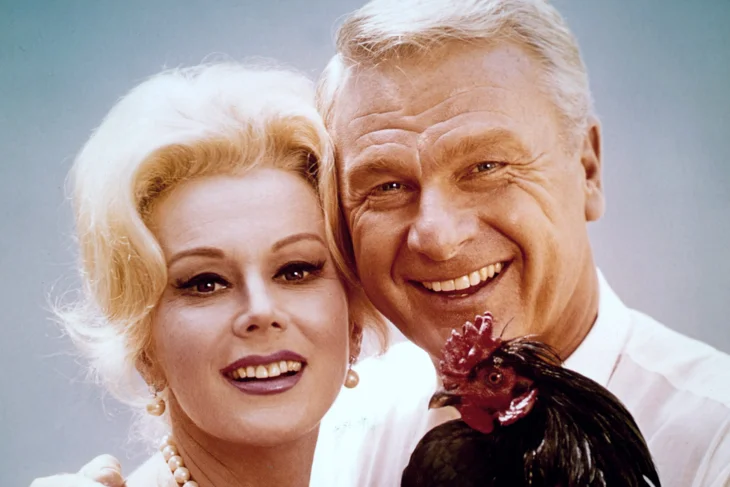
Lisa and Oliver were one of television’s quirkiest couples. Eddie Albert played Oliver, a lawyer determined to live the simple country life, while Eva Gabor’s Lisa was a glamorous city girl completely out of her element. Their marriage was built on compromise—though usually with Oliver compromising more than Lisa. Their cultural clash made for endless comedic situations.
Despite their differences, their love for each other was never in doubt. Lisa might have complained about farm life, but she stuck by Oliver through it all, showing that devotion often outweighs comfort. Audiences adored their dynamic, which played on opposites-attract humor while still celebrating commitment. They proved that even the most mismatched couples could make it work with love and laughter.
12. Jed Clampett and Miss Jane Hathaway from The Beverly Hillbillies
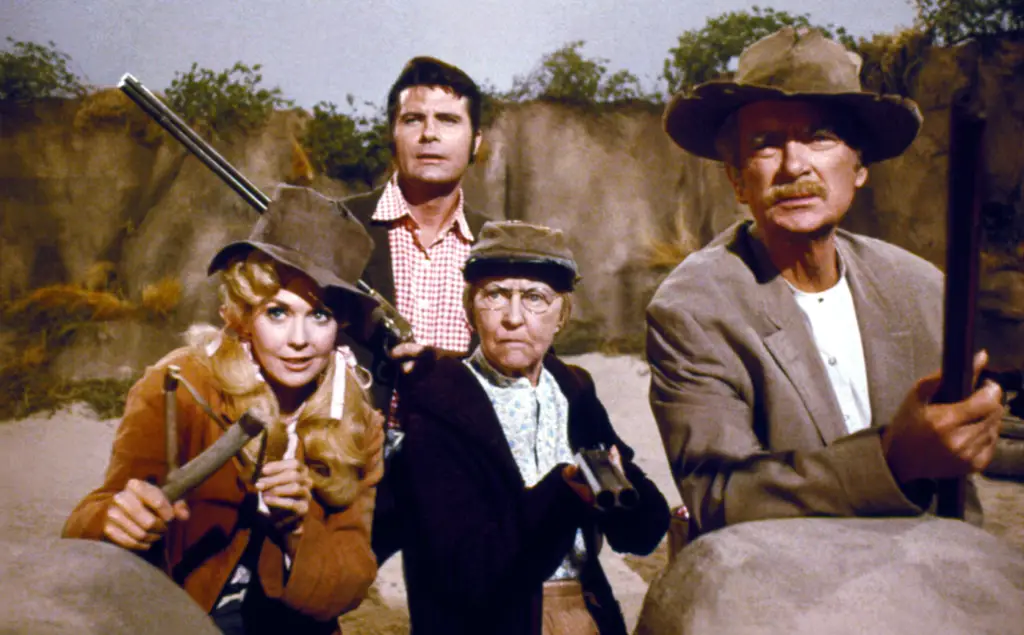
While The Beverly Hillbillies wasn’t a romance-centered show, it had its moments of unexpected affection. Jed Clampett, played by Buddy Ebsen, shared occasional sparks with Miss Jane Hathaway, the prim and proper banker’s assistant. Though never a full-fledged couple, their interactions hinted at mutual admiration and unspoken fondness. Viewers couldn’t help but wonder what might happen if they ever took the leap.
Their connection was subtle but charming, adding a layer of sweetness to the show’s comedic chaos. Jane’s respect for Jed often shone through her loyalty to the Clampett family, while Jed’s kindness gave her room to shine. While not a traditional couple, their near-romance was enough to keep audiences invested. Sometimes, it’s the “almosts” that linger in memory, and Jed and Jane were one of those unforgettable duos.
13. Lucy and Ricky Ricardo from The Lucy Show reruns
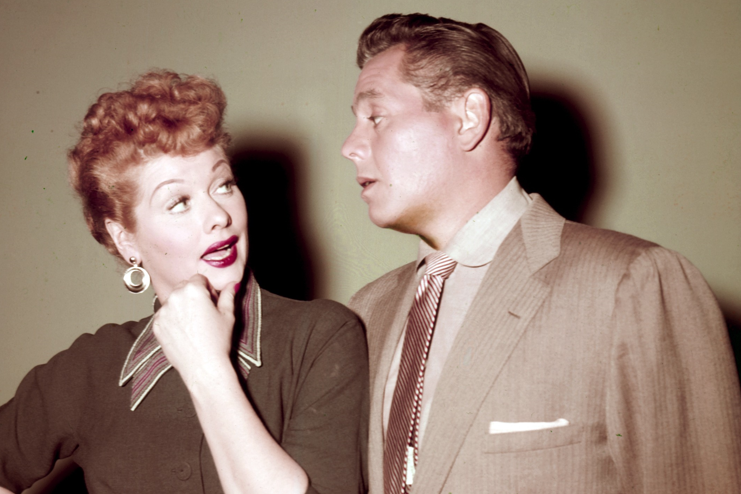
Even though I Love Lucy had technically ended by the ’60s, Lucy and Ricky Ricardo lived on through reruns and influenced how audiences thought about TV romance. Their comedic fights, over-the-top schemes, and genuine love made them unforgettable. By the 1960s, their legacy was still fresh, and reruns kept their dynamic alive for a new generation of viewers.
What stood out was their ability to make marriage look chaotic yet deeply affectionate. Ricky might have gotten frustrated with Lucy’s antics, but his love for her was always clear. They were a couple who fought hard and laughed harder, leaving a blueprint for sitcom couples that followed. Even in reruns, their love story still defined romance on television.
14. Margaret and Jim Anderson from Father Knows Best
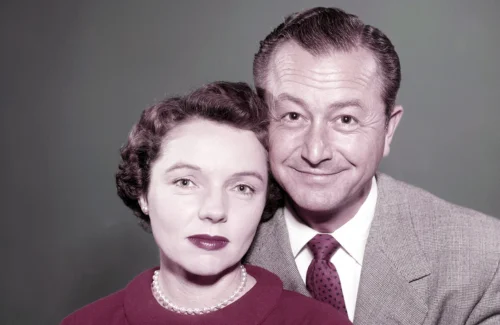
Though Father Knows Best began in the 1950s, its reruns through the 1960s cemented Margaret and Jim Anderson as a model couple for that era too. Played by Jane Wyatt and Robert Young, they were the embodiment of calm, steady family life. Their romance wasn’t fiery or dramatic, but it was enduring, filled with small acts of love and respect. Audiences looked to them as the ideal of what marriage could be.
Their relationship resonated because it felt dependable and safe. They represented a time when love was about building a family and maintaining harmony at home. While later TV couples pushed boundaries, Margaret and Jim remained a touchstone of traditional values. Their influence carried well into the ’60s, reminding viewers that quiet, steady love was just as powerful as passionate romance.

